
178
views
views
Explained: The Indian Army had earlier said this year's Republic Day parade will feature only Made-in-India weapons
A statement released by the Indian Army had earlier said this year’s Republic Day parade will feature only Made in India weapons. The decision was made in an effort to give the government’s ‘Make in India’ initiative a much-needed boost.
This year marks the 74th anniversary of India’s Republic Day. Several reports have confirmed that the ‘Made in India’ weapon systems to be showcased this year as part of the Republic Day parade will include
- Akash air defence missiles
- MBT Arjun
- BrahMos supersonic cruise missiles
- Nag anti-tank guided missiles
- Quick Reaction Fighting Vehicles, among others.
Let’s take a look at the ‘Made in India’ weapons in detail:
Akash Air Defence Missiles
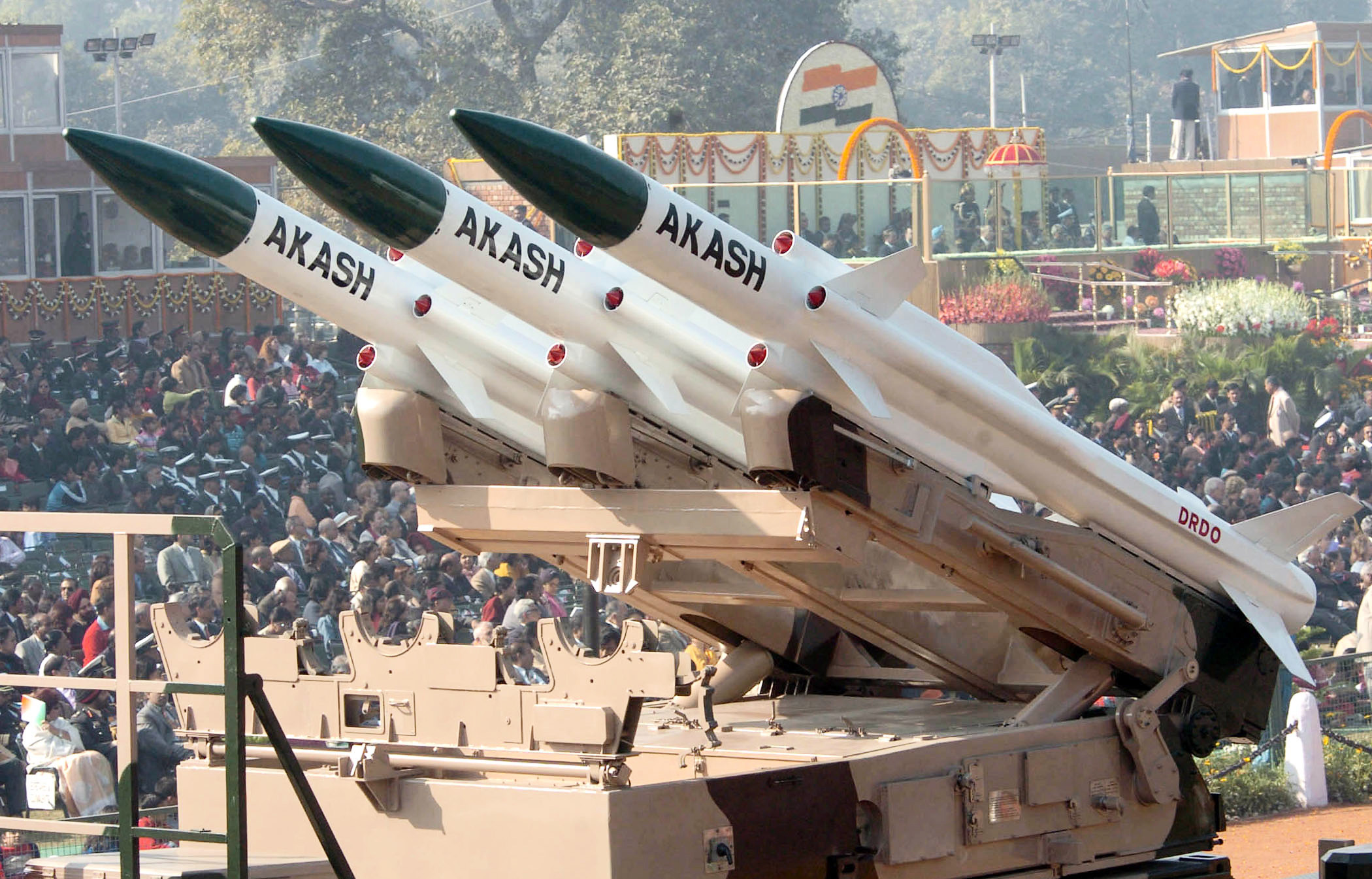
- The Akash missile system has a range of 50 kilometres (31 miles). It is capable of neutralising aerial targets such as fighter jets, cruise missiles, air-to-surface missiles, and ballistic missiles. It is currently in use by the Indian Army and the Indian Air Force.
MBT Arjun
- The Arjun is a third-generation main battle tank developed for the Indian Army by the Defence Research and Development Organisation’s Combat Vehicles Research and Development Establishment (CVRDE).
- The tank is named after Arjuna, the archer prince who appears in the Indian epic poem Mahabharata as the main protagonist. Work on the design began in 1986 and was completed in 1996.
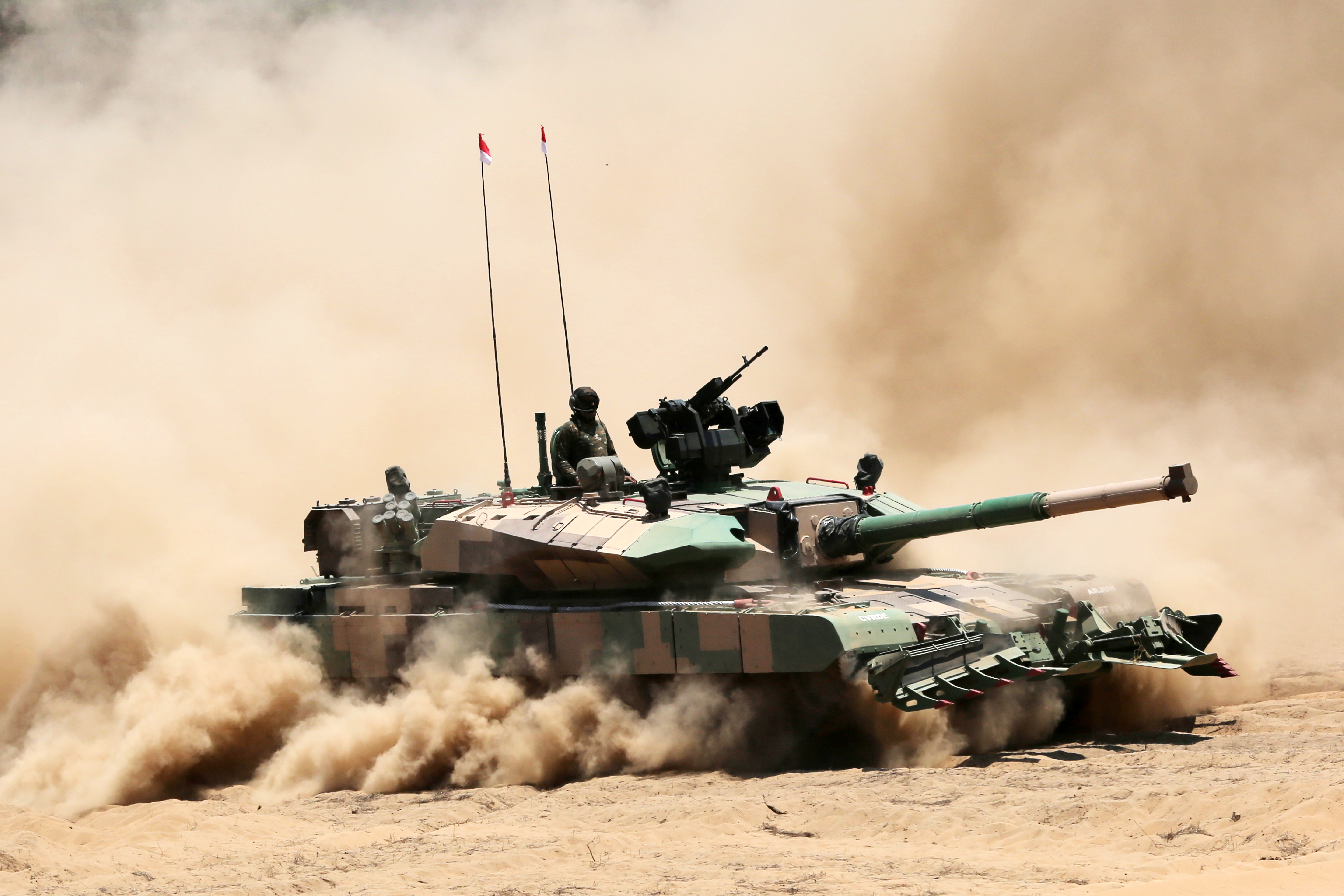
- In 2004, the Indian Army deployed the Arjun main battle tank. The Arjun was first given to the 43rd Armoured Regiment, which was formed in 2009.
- The Arjun is equipped with a 120 mm rifled main gun that fires armour-piercing fin-stabilized discarding-sabot ammunition developed in-house, a PKT 7.62 mm coaxial machine gun, and an NSVT 12.7 mm machine gun.
- It has a top speed of 70 km/h (43 mph) and a cross-country speed of 40 km/h thanks to a single 1,400 hp MTU multi-fuel diesel engine (25 mph). The crew consists of four people: the commander, the gunner, the loader, and the driver.
BrahMos supersonic cruise missiles
- The BrahMos is a medium-range stealth ramjet supersonic cruise missile that can be launched from submarines, ships, planes, or land, and is notable for being the world’s fastest supersonic cruise missile at the time of its introduction.
- BrahMos Aerospace is a collaboration between the Indian Defence Research and Development Organization (DRDO) and the Russian Federation’s NPO Mashinostroyeniya. It is based on the Russian supersonic anti-ship cruise missile P-800 Oniks. The name BrahMos is a combination of two rivers, the Brahmaputra in India and the Moskva in Russia.
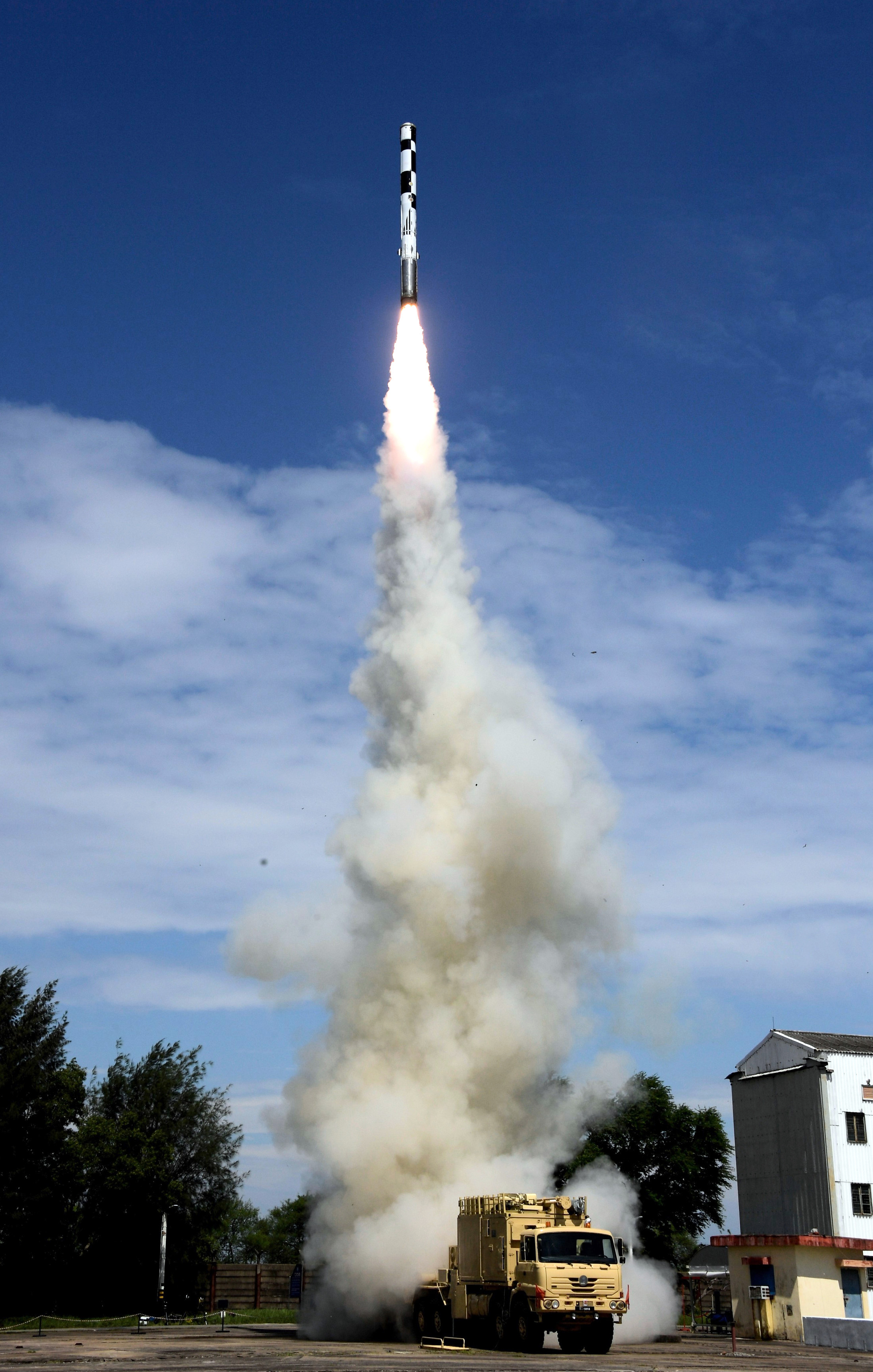
- It is said to be the fastest anti-ship cruise missile in use today.
- Both the land-launched and ship-launched variants are already in use. BrahMos air-launched variant debuted in 2012 and entered service in 2019.
- BrahMos-II, a hypersonic version of the missile with a speed of Mach 7-8, is also being developed to improve aerial fast strike capability. It was anticipated that it would be ready for testing by 2024.
Nag anti-tank guided missiles
- The Nag missile, also known as the “Prospina” for the land-attack variant, is an Indian third-generation, all-weather, fire-and-forget, lock-on after launch anti-tank guided missile (ATGM) with an operational range ranging from 500 m to 20 km depending on variant.
- It has a 90% chance of hitting with a single shot and a ten-year maintenance-free shelf life.

- The Nag is being developed in five variants: a land version for a mast-mounted system; a helicopter-launched Nag (HELINA), also known as Dhruvastra; a “man-portable” version (MPATGM); an air-launched version that will replace the current imaging infrared (IIR) to millimetric-wave (mmW) active radar homing seeker; and the Nag Missile Carrier (NAMICA).
Quick Reaction Fighting Vehicle
- Tata Advanced Systems Limited (TASL), the TATA group’s Aerospace and Defence arm, in July last year had delivered an indigenously developed Quick Reaction Fighting Vehicle-Medium (QRFV) to the Indian Army, said a report by Military Leak.
- The vehicle is meant to improve the Indian Army’s operational capabilities in future conflicts and war-like situations. Tata claims that its QRFV provides STANAG level 4 protection against explosives weighing up to 14kg and 21kg. The vehicle has a capacity of 14 people, including the commander and driver, and weighs 2 tonnes. The turbodiesel engine produces 240 horsepower. Run-flat tyres are installed on the vehicle.
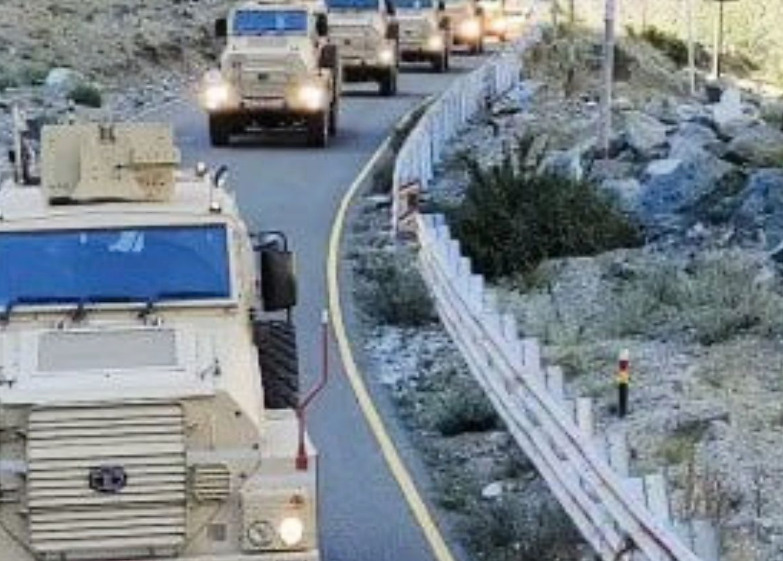
- Tata Advanced Systems Limited had tweeted a 12-second video of many QRFVs being delivered to the armed forces. The Quick Reaction Fighting Vehicle incorporates Tata Mine Protected Vehicle components and systems (MPV).
- The Tata Mine Protected Vehicle is completely designed and manufactured in-house, and it provides an unrivalled combination of proven performance in the harshest operating conditions, as well as low maintenance and lifecycle costs. The armoured vehicle will improve the Indian Army’s operational capabilities in future conflicts. It would also improve military readiness for conflict as tensions between the country and China rise.
Read all the Latest Explainers here
















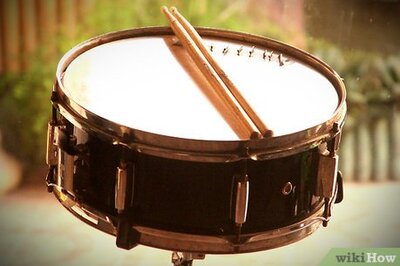



Comments
0 comment